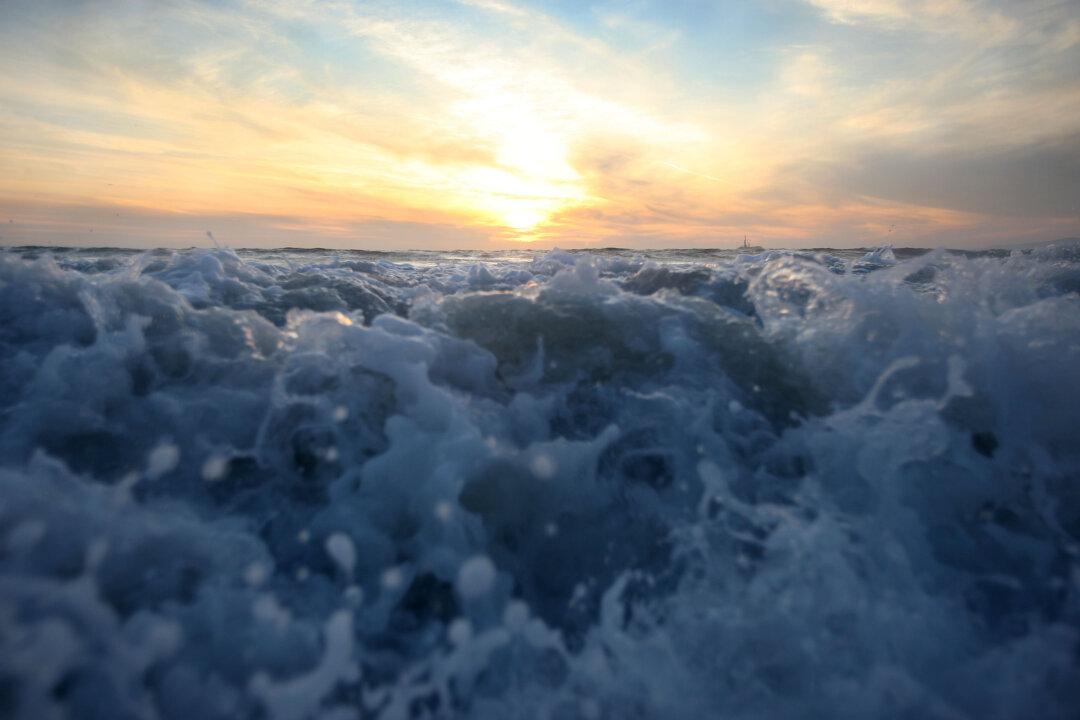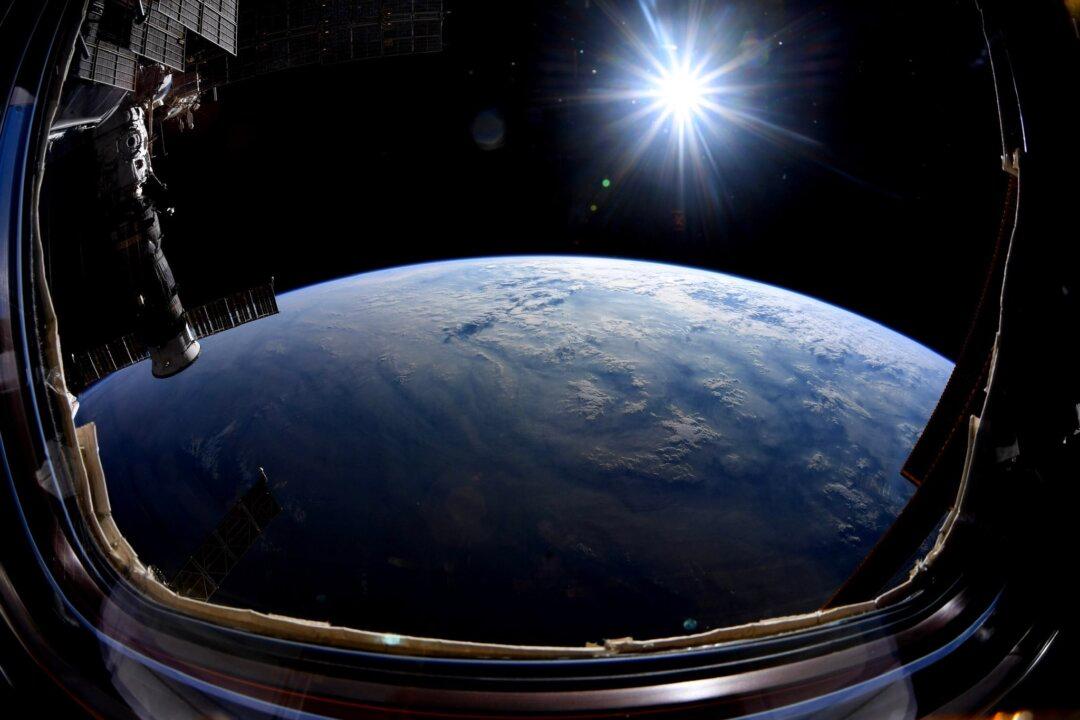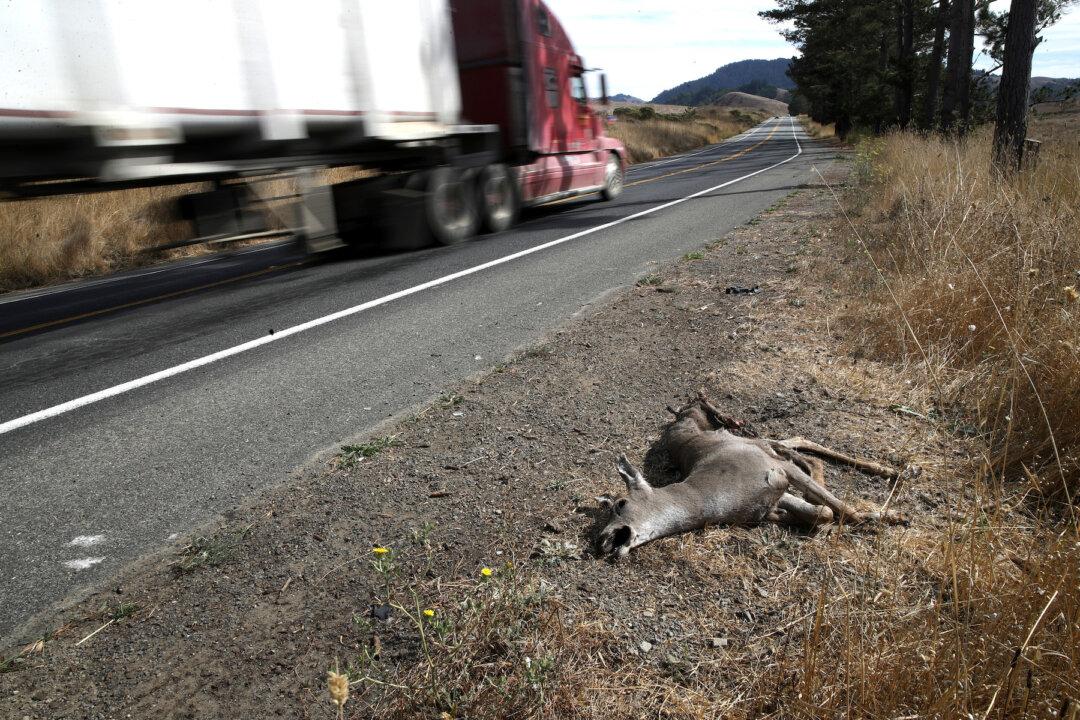A marine heat wave detected off the coast of California could mean higher-than-average temperatures on the west coast this fall.
It’s the second biggest ocean-based heat phenomenon measured in the last four decades, according to Andrew Leising, oceanographer for National Oceanic and Atmospheric Administration (NOAA) Fisheries’ Southwest Fisheries Science Center in La Jolla, who created a model that uses satellite data to track marine heat waves in the Pacific.




